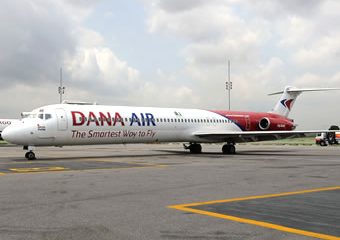World
WHO names COVID-19 strain ‘Omicron’, says it’s ‘variant of concern’

The World Health Organisation (WHO) has named the new COVID-19 strain as ‘Omicron’ and classified it as a variant of concern.
On Thursday, South Africa’s National Institute for Communicable Diseases (NICD) announced the discovery of the new variant, B.1.1.529, and said 22 positive cases of the strain had so far been detected in the country.
According to the WHO’s statement, the technical advisory group on SARS-CoV-2 virus evolution (TAG-VE), an independent group of experts that periodically monitors and evaluates the evolution of COVID-19, convened yesterday to assess the new variant.
“The epidemiological situation in South Africa has been characterized by three distinct peaks in reported cases, the latest of which was predominantly the Delta variant. In recent weeks, infections have increased steeply, coinciding with the detection of B.1.1.529 variant. The first known confirmed B.1.1.529 infection was from a specimen collected on 9 November 2021,” the statement reads.
“This variant has a large number of mutations, some of which are concerning. Preliminary evidence suggests an increased risk of reinfection with this variant, as compared to other VOCs. The number of cases of this variant appears to be increasing in almost all provinces in South Africa. Current SARS-CoV-2 PCR diagnostics continue to detect this variant.
“Several labs have indicated that for one widely used PCR test, one of the three target genes is not detected (called S gene dropout or S gene target failure) and this test can therefore be used as marker for this variant, pending sequencing confirmation. Using this approach, this variant has been detected at faster rates than previous surges in infection, suggesting that this variant may have a growth advantage.
“Based on the evidence presented indicative of a detrimental change in COVID-19 epidemiology, the TAG-VE has advised WHO that this variant should be designated as a VOC, and the WHO has designated B.1.1.529 as a VOC, named Omicron.”
World
10 killed as two military helicopters collide in Malaysia
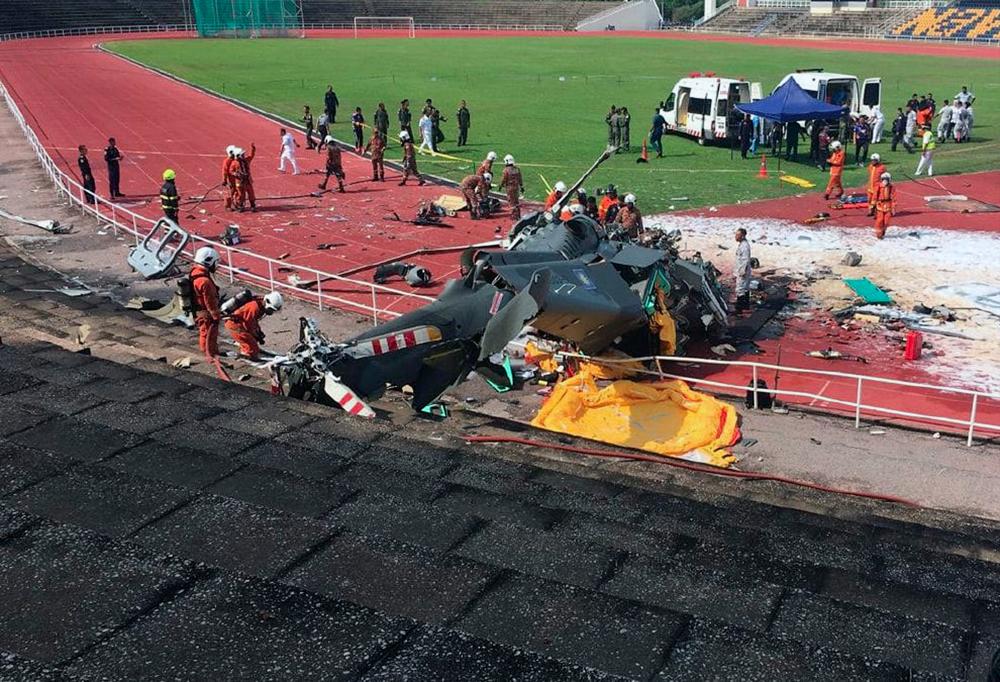
Two Malaysian military helicopters collided and crashed during a training session on Tuesday, killing all 10 crew onboard, the country’s rescue agency said.
Footage shared online showed several helicopters flying low in formation over the Lumut naval base, located about 160 kilometres (100 miles) from the capital Kuala Lumpur.
The helicopters were participating in a flypast rehearsal ahead of Naval Day celebrations in May.
One chopper was seen clipping the rear rotor of another, causing both to go into a tailspin and crash.
“The two helicopters collided during flight training,” said Suhaimy Mohamad Suhail, senior operations commander from the fire and rescue department, adding that all 10 crew members on board were confirmed dead by medical officers.
The two aircraft involved were a Eurocopter AS555SN Fennec and an AgustaWestland AW139, the rescue agency said.
Photos showed the Eurocopter model heavily mangled in the wreckage on the naval base stadium track with rescue personnel surrounding it as well as various debris.
The AgustaWestland helicopter crashed at the naval base’s swimming pool area.
Prime Minister Anwar Ibrahim sent his condolences to the families of the victims, saying “the nation mourns the heart-wrenching and soul-wrenching tragedy”.
“I was informed that an immediate investigation will be carried out by the Ministry of Defense, especially TLDM (Royal Malaysian Navy), to find the cause of the crash,” he said.
Malaysia’s King Sultan Ibrahim Sultan Iskandar also shared condolences.
Malaysia’s King Sultan Ibrahim Sultan Iskandar also shared condolences.
“Queen Zarith and I feel very sad over the loss of national heroes in this tragedy,” he said in a social media post.
World
Israel launches counterattack on Iran
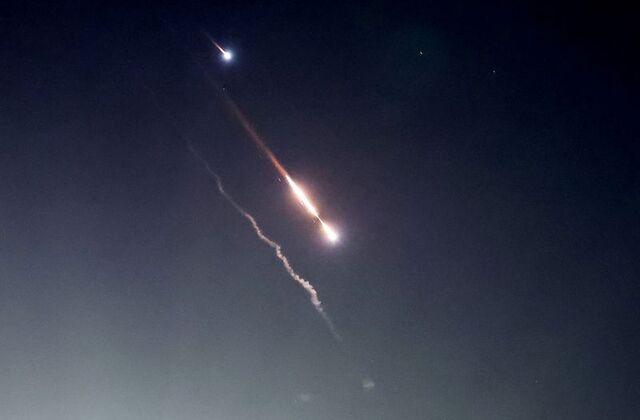
Oil prices have surged by nearly 4 percent as Israel launched a missile attack on a target in Iran, according to international media reports.
Explosions were reported in Isfahan province in central Iran, where the country’s nuclear plant is located.
The International Atomic Energy Agency (IAEA) later announced that there was no damage to the plant.
Israel had promised a response to missile and drone attacks by Iran last weekend.
Iran had launched the attacks in response to the April 1 strike that killed its senior security officials at its embassy in Syria apparently carried out by Israel.
A US official told ABC News that Israel carried out a strike inside Iran, confirming reports of the explosion by the Asian country’s media.
There were also reports of blasts in Iraq and southern Syria.
Commercial flights we re-routed as parts of the Iranian airspace were closed.
Iran says it activated its air defence systems.
Israel is not planning further attacks and Iran is not going to retaliate either, according various officials quoted by the media.
Brent crude price is now over $90 per barrel, up from $87 before the strike.
World
Dubai international airport cancels flights as flood ravages runway, UAE
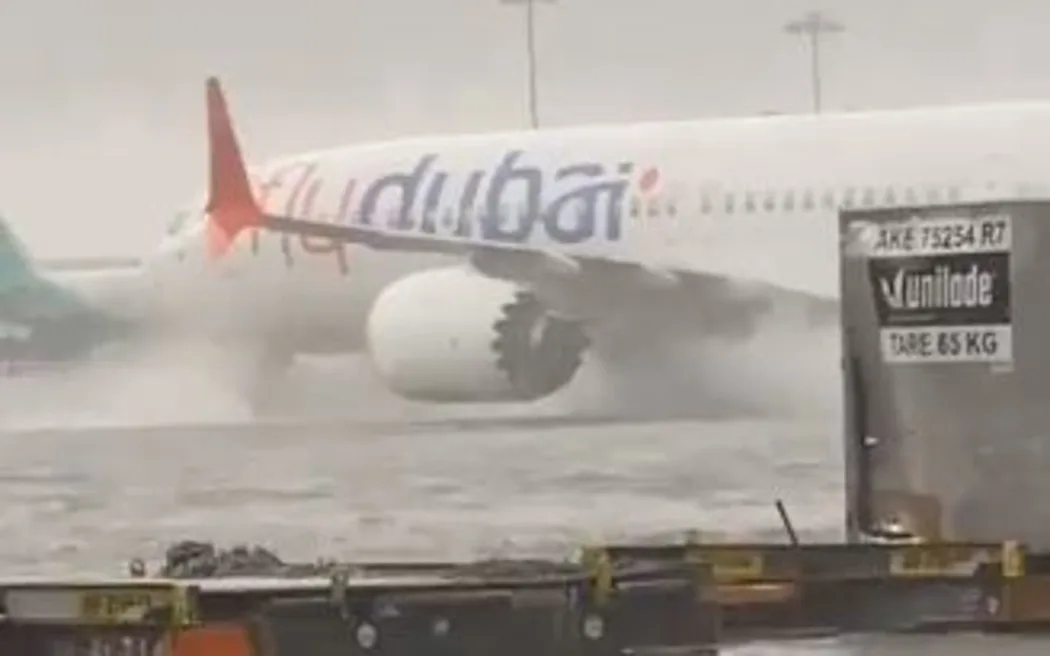
A year’s worth of rainfall in Dubai, the United Arab Emirates, on Tuesday, left the city flooded and disrupted airport operations.
A video posted online showed the tarmac of Dubai International Airport — recently crowned the second busiest in the world — underwater as massive aircraft attempted to navigate floodwaters.
CNN reports that nearly four inches (100 mm) of rain fell over the course of just 12 hours on Tuesday, according to the weather observations at the airport.
According to United Nations data, the rainfall was around what Dubai usually records in an entire year.
The flooding disrupted airport operations in the city, with multiple airlines announcing flight delays and cancelled flights on Wednesday.
Jets were said to have looked more like boats moving through the flooded airport, while other parts of the UAE also recorded heavy rainfall.
“Operations continue to be significantly disrupted. There is major flooding on access roads around Dubai leading to the airport,” the airport was quoted as saying.
The rain reportedly fell so heavily and quickly that motorists were forced to abandon their vehicles as the floodwater rose and roads turned into rivers.
Dubai, like the rest of the UAE, has a hot and dry climate. As such, rainfall is infrequent and the infrastructure to handle extreme events is not in place.
Many roads and other areas have insufficient drainage due to the lack of regular rainfall, causing flooding.
The rain that ravaged the city is associated with a larger storm system traversing the Arabian Peninsula, moving across Oman and Iran.
Experts said torrential rainfall will become frequent in the region due to human-driven climate change.
-

 Business1 week ago
Business1 week agoX will start charging new users to post, says Elon Musk
-

 Entertainment1 week ago
Entertainment1 week agoJUST IN: Cubana Chief Priest pleads not guilty to naira abuse charge
-
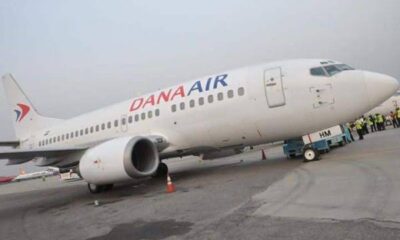
 News21 hours ago
News21 hours agoFAAN reopens Lagos airport runway after Dana Air incident
-

 Entertainment1 week ago
Entertainment1 week agoCubana Chief Priest arrives court for naira abuse trial
-

 Celebrities1 week ago
Celebrities1 week ago‘Not see you for 6 months, impossible’ — Davido reacts to Cubana Chief Priest’s bail
-

 Business6 days ago
Business6 days agoElon Musk threatens to suspend X accounts doing engagement farming
-

 Celebrities1 week ago
Celebrities1 week agoKai Cenat threatens to sue OnlyFans model, Layla Red who leaked their chats
-

 World1 week ago
World1 week agoDubai international airport cancels flights as flood ravages runway, UAE





